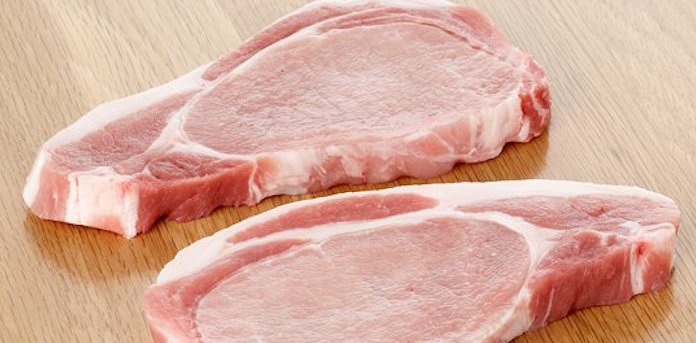The global pork market is relatively stable, with rising supply from the Americas easily absorbed in the main import markets in Asia, resulting in a steady development of the Rabobank Five-Nation Hog Price Index. Continuing strong Asian imports are supporting pork prices across the globe, with the supply volume in each region determining the actual level. This is according to the Rabobank Global Pork Quarterly Q2.
“The overall outlook is positive right now,” said Justin Sherrard, Global Strategist Animal Protein at Rabobank. “The demand market will continue throughout Q2, supporting margins along the supply chain”.
Highlights from the Pork Quarterly Q2 2017 include:
China: production relocation continues
The steady, regulatory driven relocation of pork production will support good price levels and stabilise imports in the coming months. Local supply will start to recover in Q3, with investments of recent years coming on-stream and reaching their potential.
EU: elevated prices due to pressured supply
The European pig market is booming, with rapidly rising prices due to pressured supply. This situation will continue towards summer, with record piglet prices during Q1. Exports remain the wild card for the market’s price top, with high prices limiting the competitive position and resulting returns.
US: export to determine price level
The forecast 4% increase in pork production in 2017 is the driving force in the US pork industry. With consumption moving to record levels, exports will determine the final price level. Current low prices are supportive and also challenge supply from the main export competitor, the EU.
Brazil: limited impact of scandal on exports
Brazil is steadily growing its position in pork export markets, with rising volumes flowing into all main destinations, especially China. The recent meat scandal has had little, if any, impact on export volumes and related prices.
The rise of pork concepts
“Over the last decade, pork production systems have diversified in many countries, with a commodity focus making way for more specialised production.” said Justin Sherrard. The report provides an analysis of the development of pork concepts and their implications for the supply chain going forward.
Volume and price drivers are changing
The global pork industry was relatively straightforward for many years, i.e. produce as much pork as possible and sell it to the highest bidder globally. Productivity, volume, and price of an increasingly ‘lean’ product were the key variables. This resulted in an interchangeable commodity product and growing competition.
This traditional production approach is, however, changing, in response to some consumers’ concerns around animal welfare, human health, and the environment. In addition, some farmers were not happy with the volume and price ‘squeeze’. Furthermore, food safety scandals increased retail and foodservice demand for improved product tracking & tracing. This is not only observed in the developed world, but—due to social media—also increasingly in the cities in the developing world.
Pork concepts are emerging
These factors resulted in the development of new production systems, or concepts. Concepts differ from traditional production systems and each other, with specific requirements regarding animal health, human health/healthy eating, food safety, medicine use, etc., or are produced for a specific retailer/foodservice supplier. Initiators are farmers looking for a steadier and (hopefully) a higher margin, slaughterhouses safeguarding sales channels, or retailers setting up dedicated supply chains to have 100% tracking & tracing or for specific niches.




